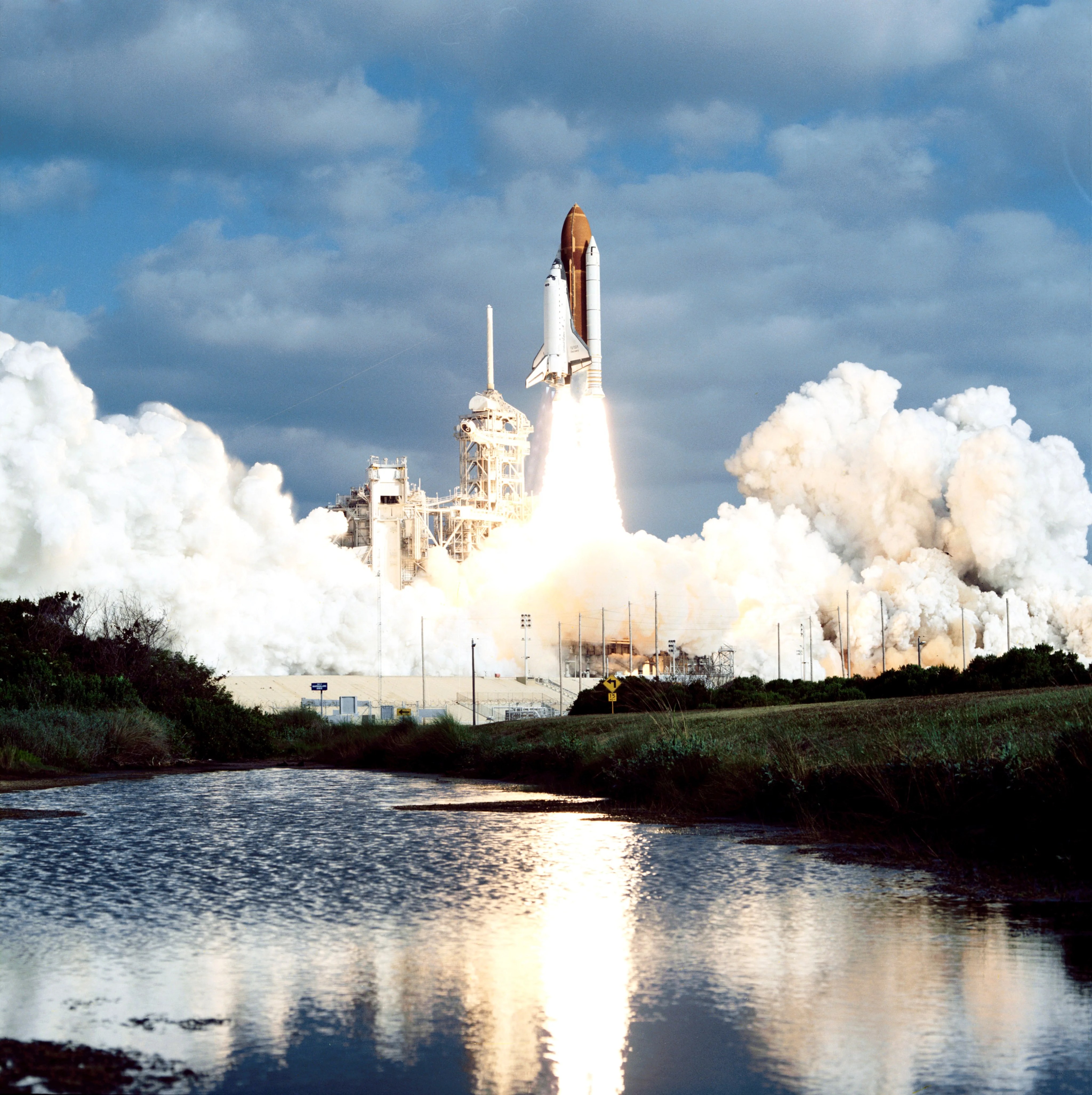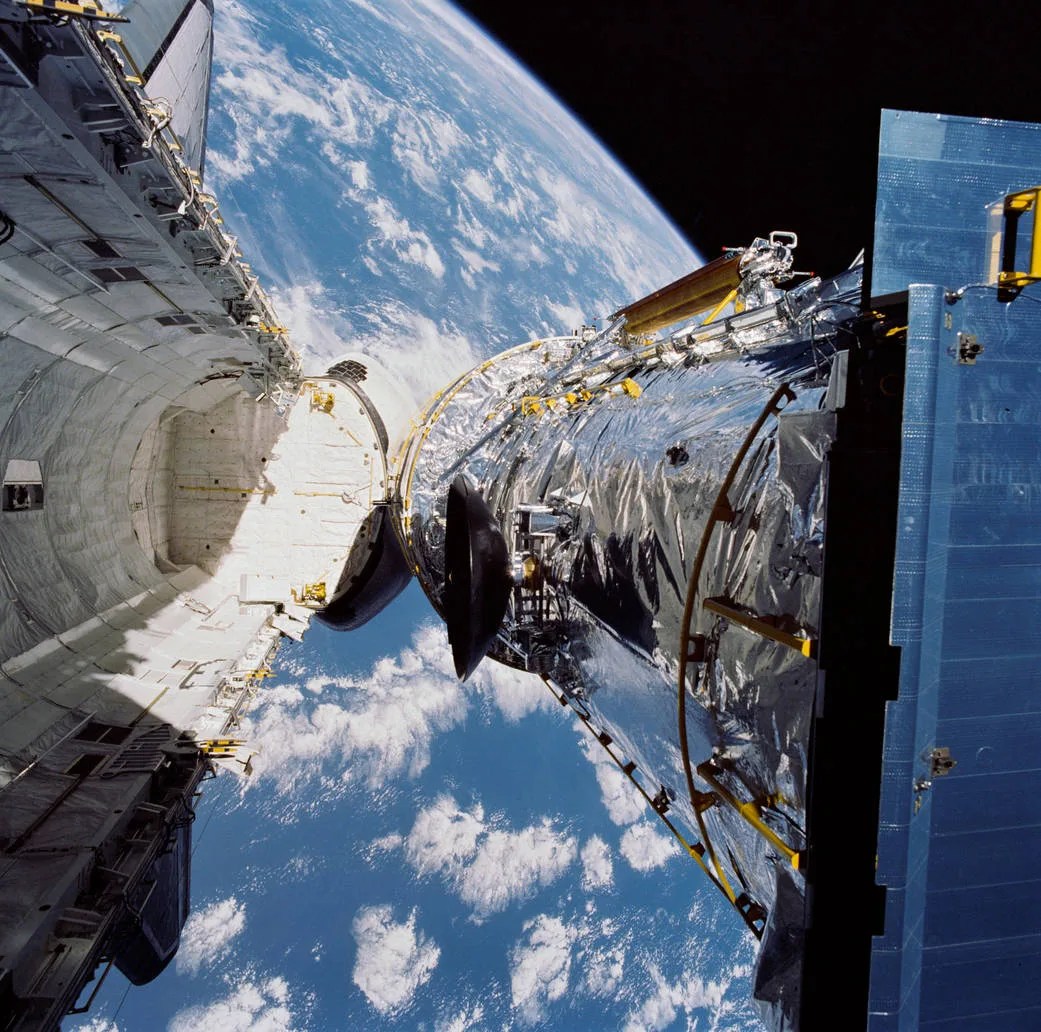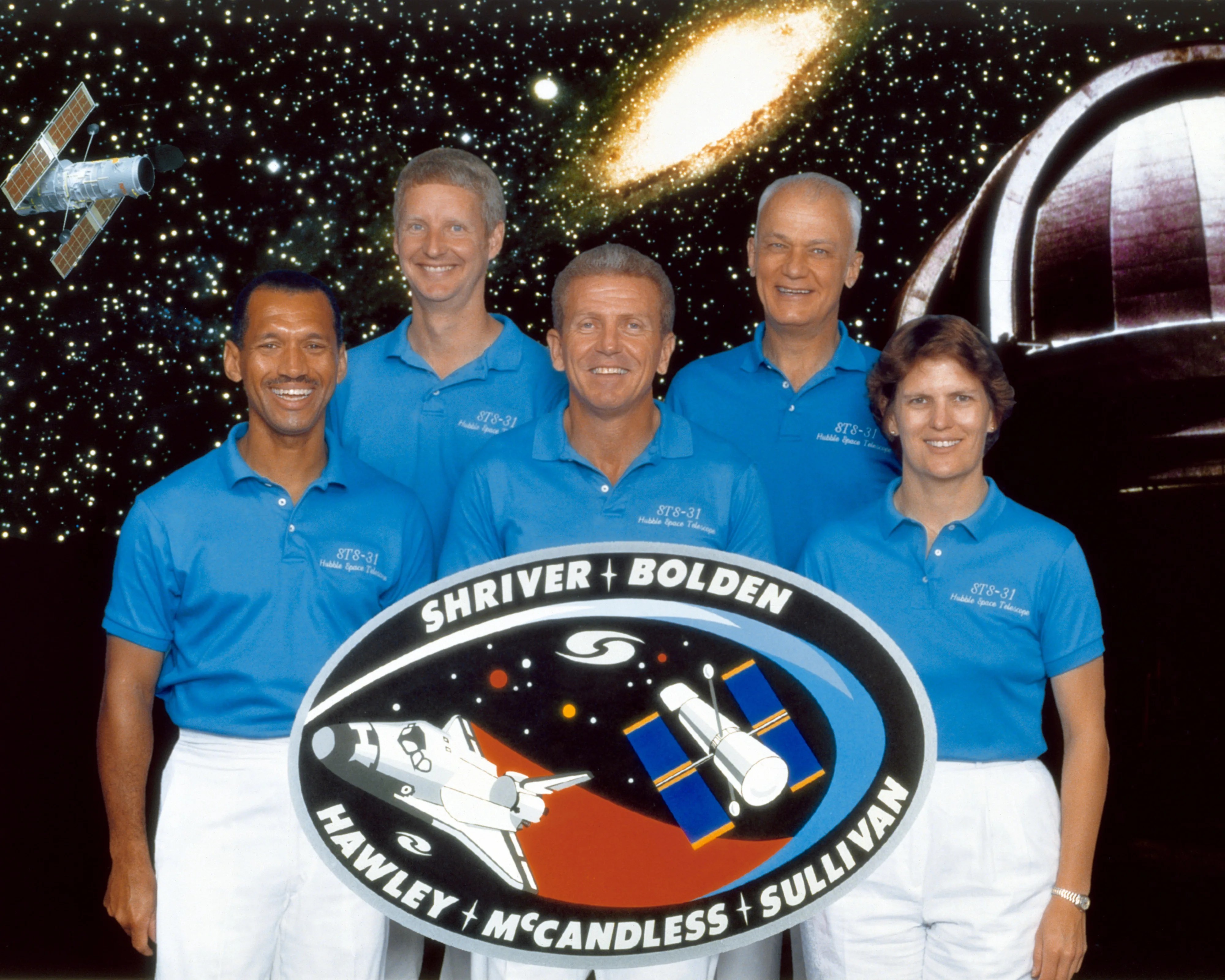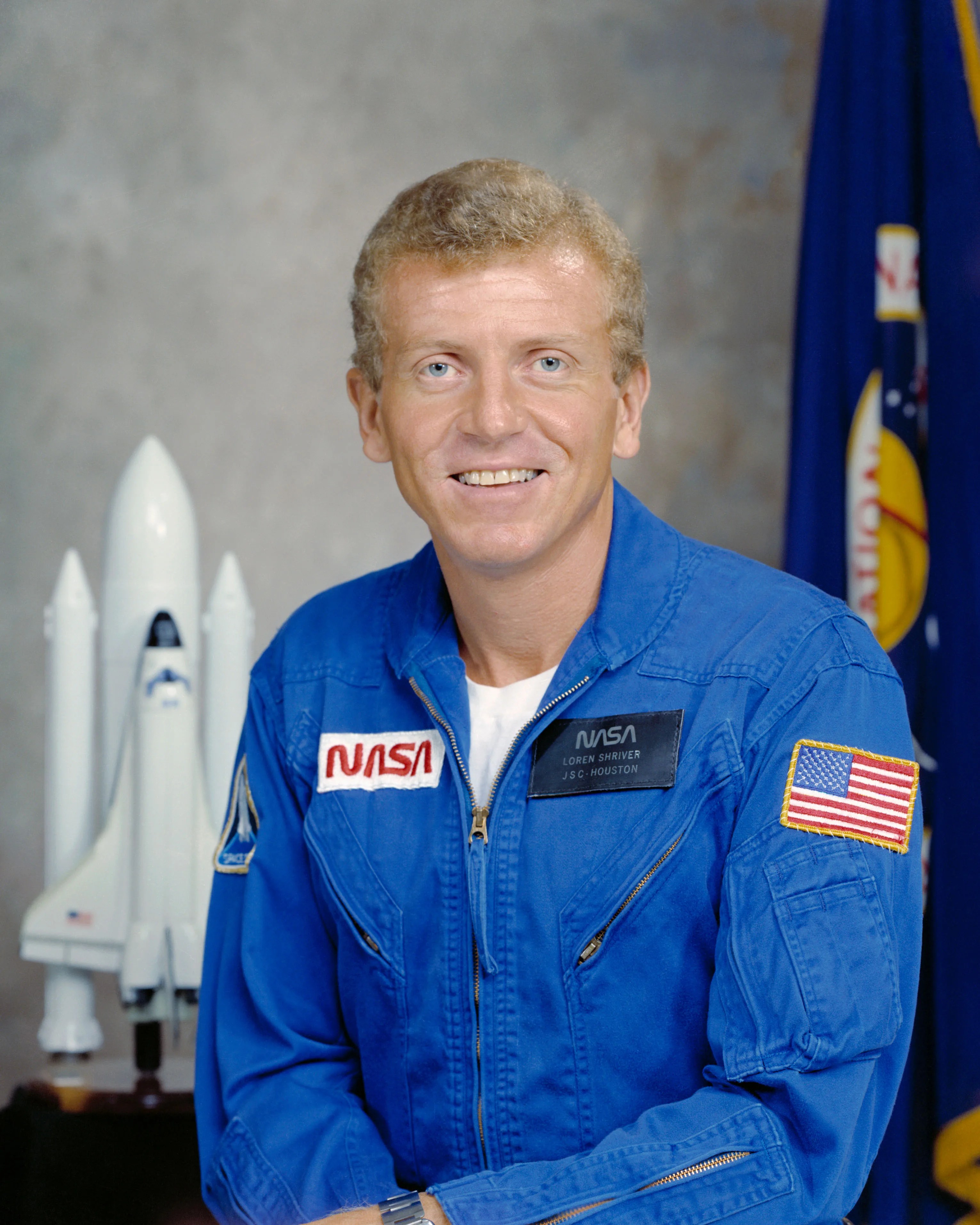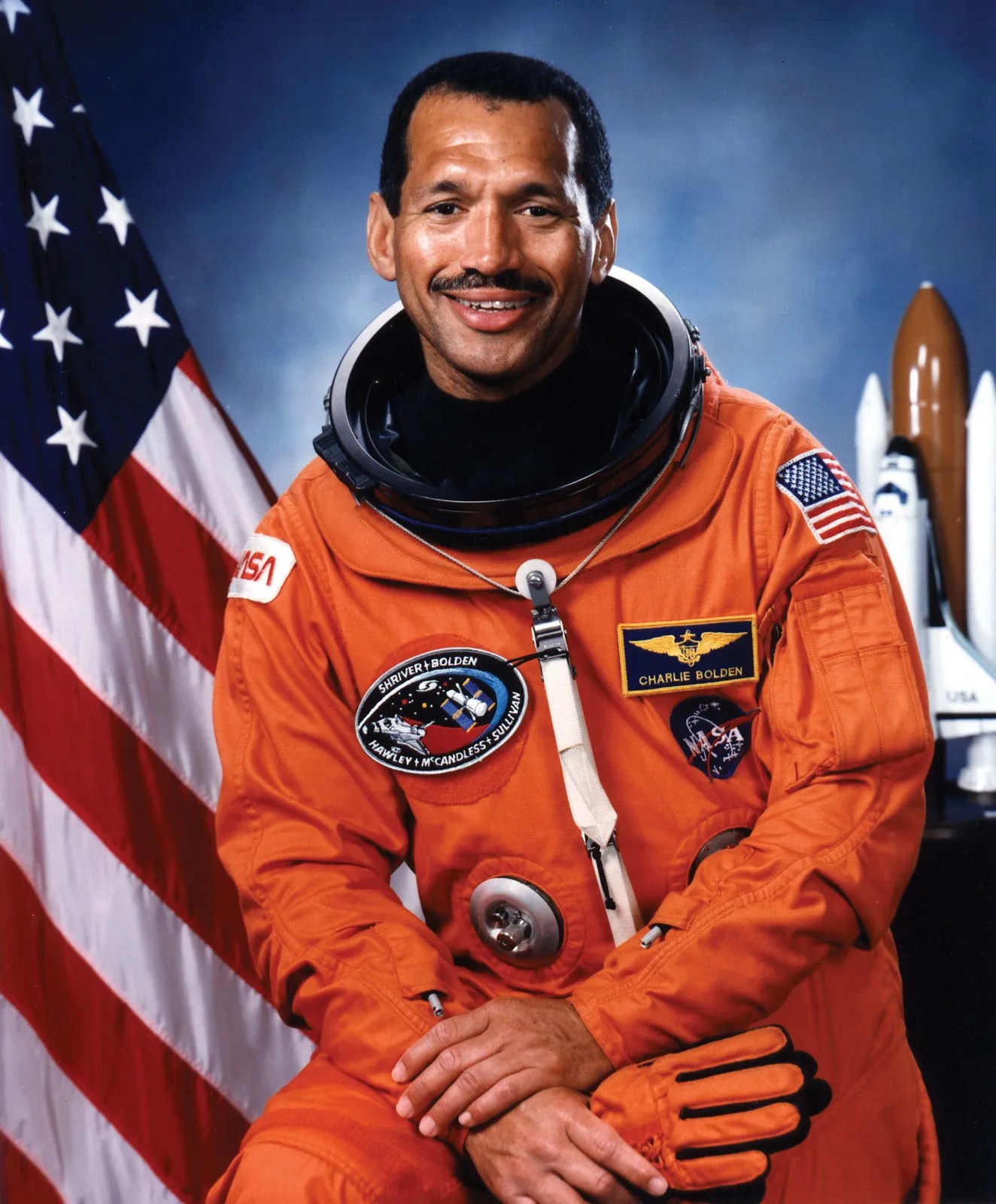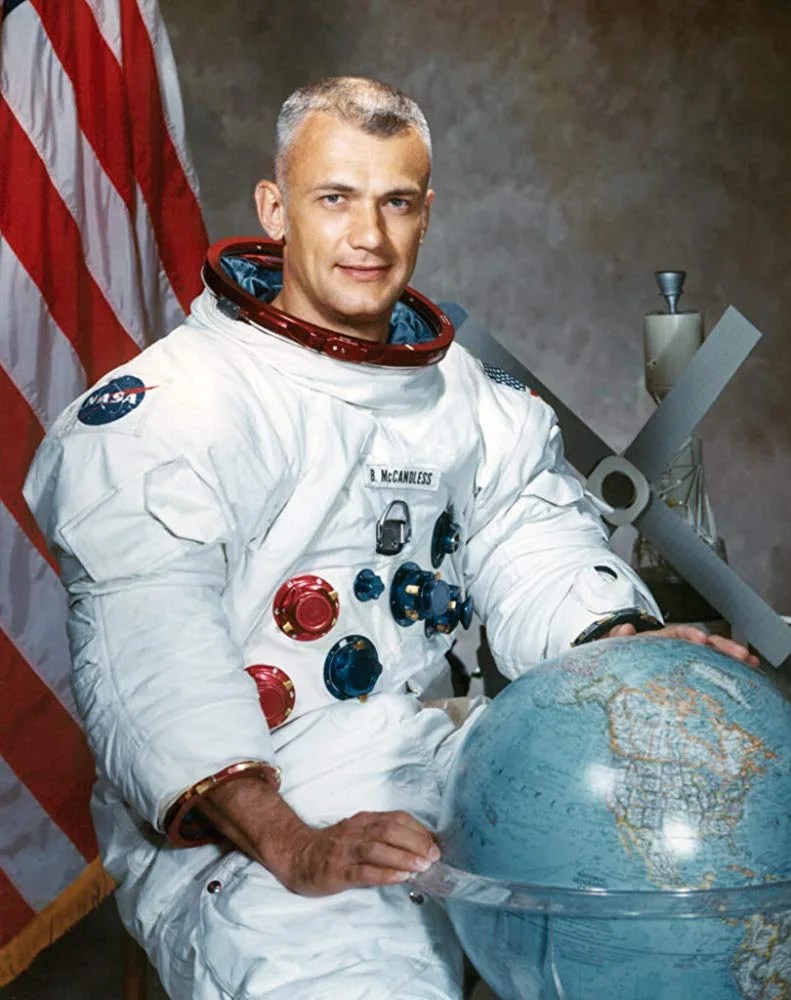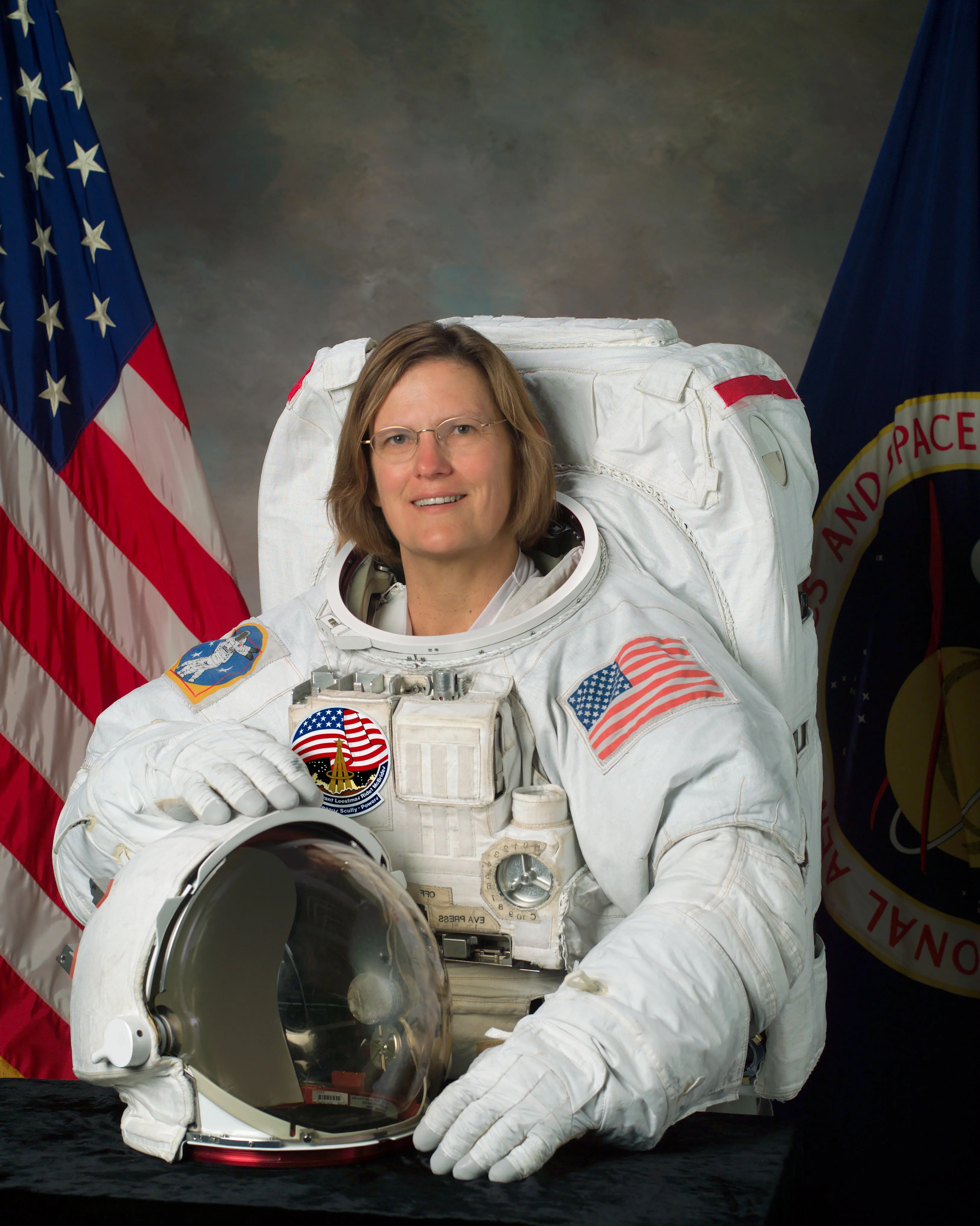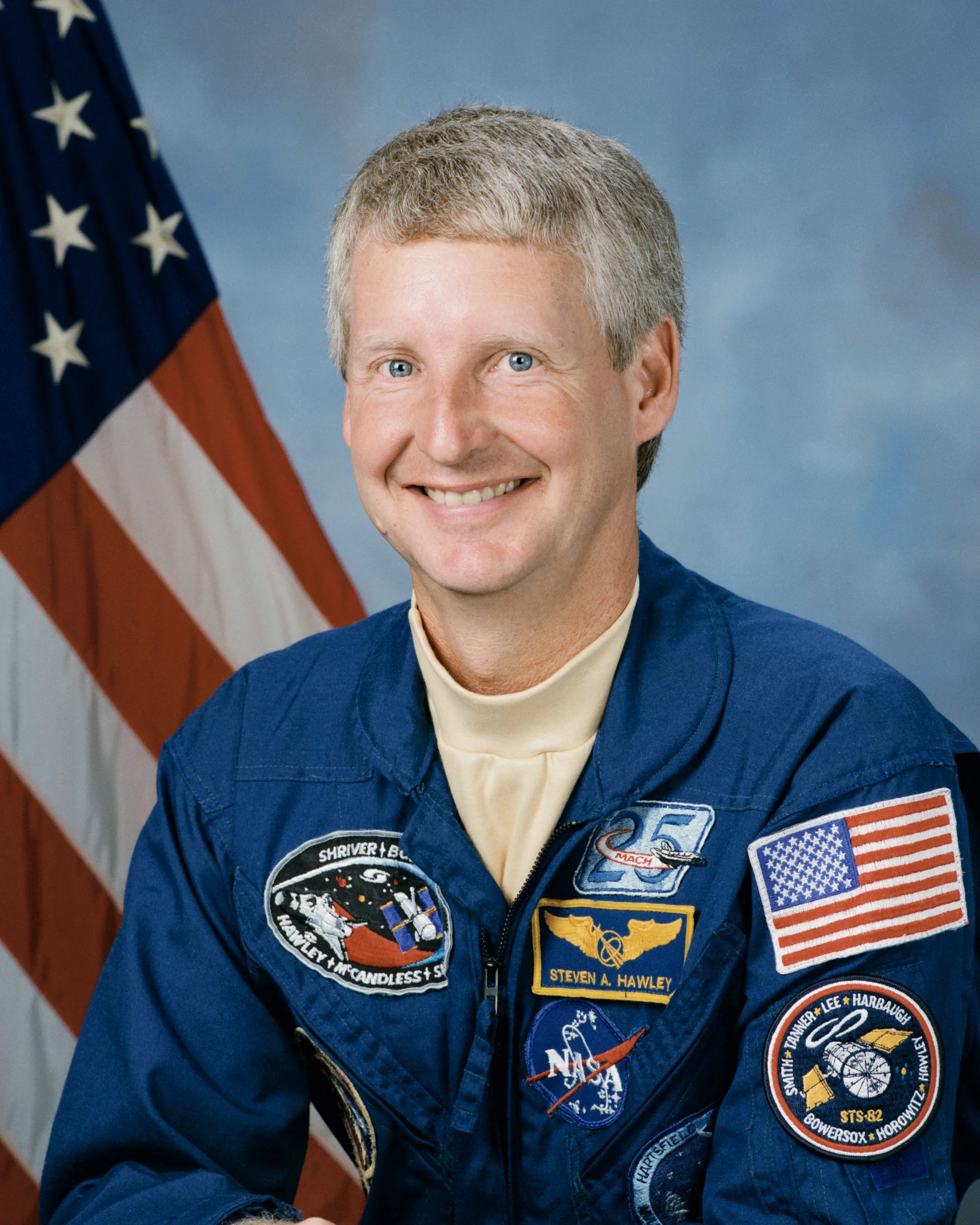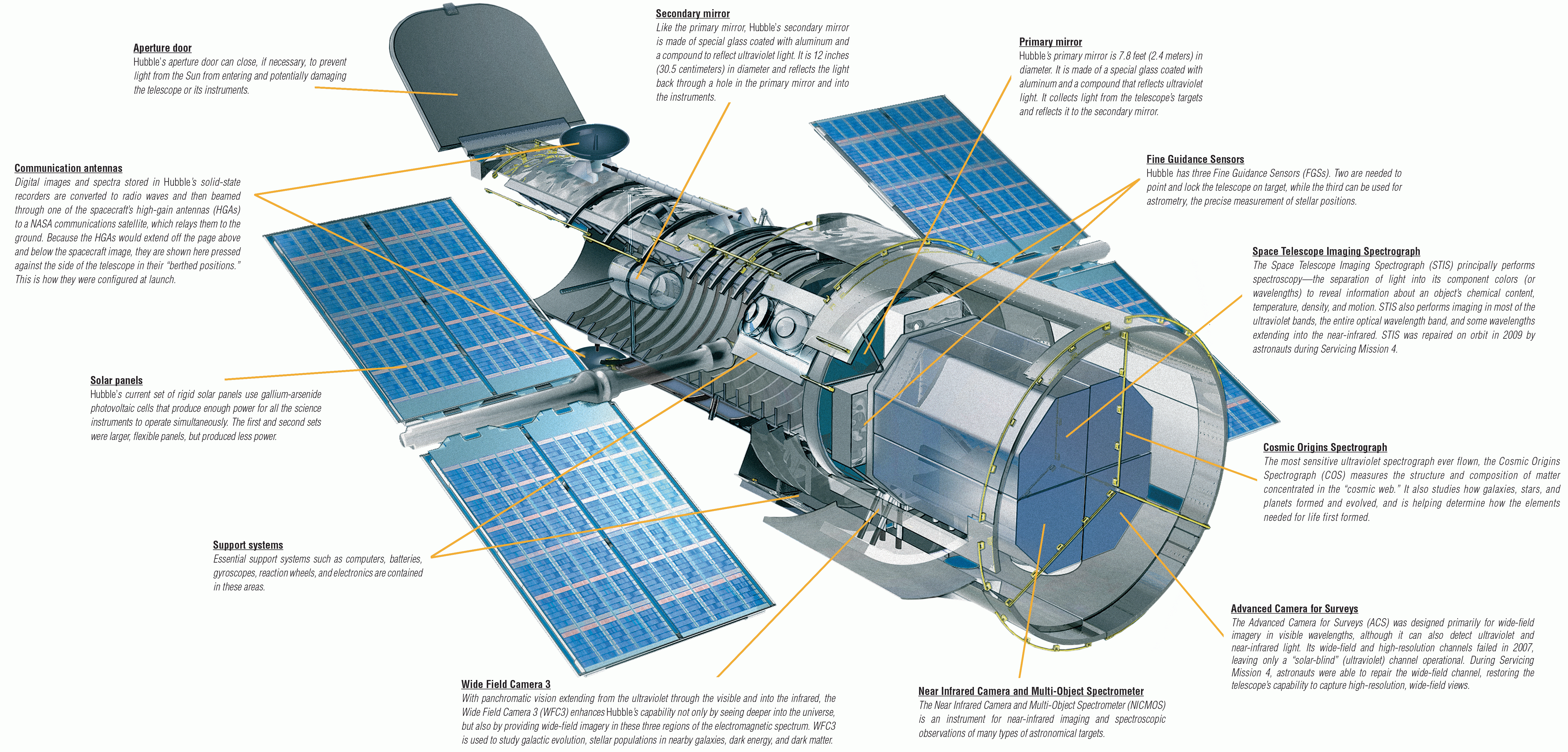Deployment
Launched on April 24, 1990 aboard Space Shuttle Discovery, NASA’s Hubble Space Telescope was just beginning its three decades of unprecedented exploration.
Mission Type
Deployment
shuttle mission
STS-31
Launch
Apr 25, 1990
DURATION
5 days
Overview
When the Space Shuttle Discovery carried NASA’s Hubble Space Telescope into space, it took with it the hopes of generations of astronomers, including those of Lyman S. Spitzer, the astrophysicist who first outlined a proposal for a large space telescope in 1946. A decade before the launch of the first satellite, Spitzer dreamed of the discoveries a space telescope could make high above Earth’s light-distorting atmosphere. Then in his late 70s, Spitzer was at Kennedy Space Center in Florida to watch his life’s work begin its journey of discovery.
Hubble had a tight fit inside the Shuttle’s 60 feet (18 m) long and 15 feet (4.5 m) wide cargo bay. At 43 feet (13.1 m) long and 14 feet (4.3 m) in diameter at its widest point, Hubble snuggly fit inside Discovery.
Quick Facts
- Number of Orbits: 80
- Miles traveled: 2.1 million
- When it launched, Hubble weighed some 24,000 pounds (10,866 kg)
Roughly the size of a railroad tank car or a school bus, Hubble holds several important external components that were tightly stowed along the telescope’s body during launch. Most notable, are its two wing-like solar arrays that extend horizontally from each side of its cylindrical body. Hubble’s original solar arrays (which were upgraded during Servicing Mission 1 and 3B) are actually roller blinds that unfurled once the observatory was in space.
Two dish-shaped high-gain antennas also stretch out on rods above and below the body of the telescope. The outer shell of the telescope has latches to secure the high-gain antennas when they are stowed.
A pair of scuff plates – large protective metal plates on struts that extend approximately 30 inches (76 cm) from Hubble’s surface – are on opposite sides of the light shield. Their sole purpose was protecting the telescope during launch. Cylindrical protrusions, called trunnions, also locked the telescope in place by hooking to latches in the Shuttle’s cargo bay.
Once in space, a series of procedures verified that Hubble’s systems were functioning properly. Hubble is an extremely complex, precise, and sensitive scientific instrument that required an extensive period of activation, adjustment, and checks before it could begin its full scientific mission.
Shortly after Discovery entered its orbit around Earth, the crew opened the cargo bay doors. They waited several hours to allow any oxygen from Earth’s atmosphere to vent into space. This reduced the chance of electrical arcing in some components when main power was supplied to Hubble from Discovery’s flight deck.
Once Hubble had power, the verification team activated the observatory’s onboard command computer and checked its memory. They also activated the system that takes automatic control of the telescope, a system called “Safe Mode,” to protect the telescope if a major hardware failure occurs.
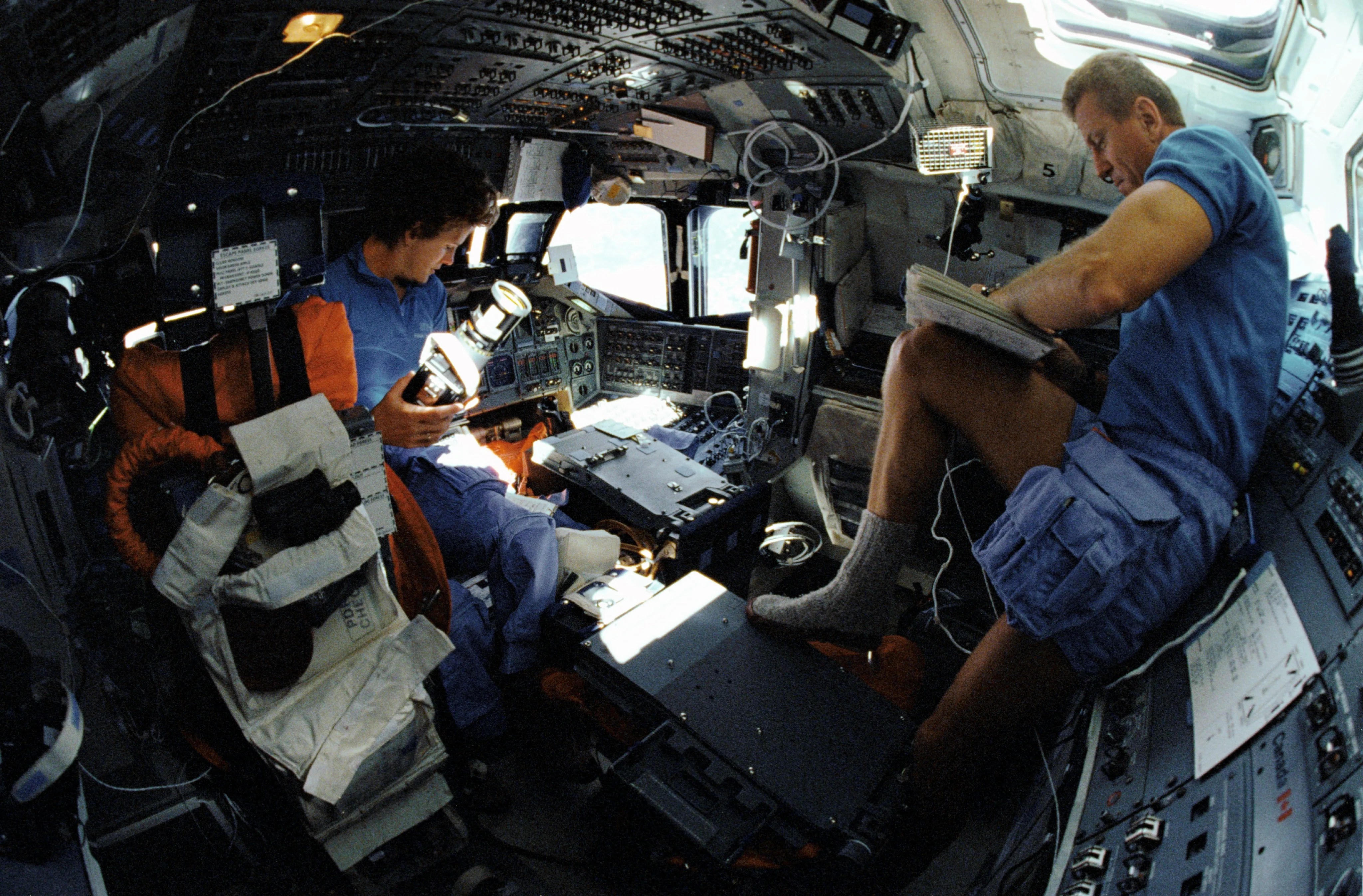
While the shuttle crew slept that first night, the team at NASA Goddard’s Space Telescope Operations Control Center monitored and managed Hubble’s systems as they prepared for its removal from the cargo bay.
On the morning of its second day in orbit, April 25, 1990, the Discovery crew switched on Hubble’s internal power and deactivated the power supply from the Shuttle. The Shuttle’s robotic CANADARM lifted Hubble out of the cargo bay, suspended it above the crew cabin, with its aperture door pointed away from the Sun.
The verification team almost immediately told Hubble to unfurl its solar arrays so that its six batteries could start recharging. Next, they deployed the telescope’s two high-gain antennas and activated its pointing systems.
After each system was tested, the Shuttle’s robotic arm released its hold on Hubble, allowing it to freely orbit. The Shuttle then backed away into a parallel orbit with Hubble. Discovery and Hubble orbited Earth together for about two days, just in case problems occurred that required the astronauts to take corrective action.
More than three decades after that historic day that Hubble began its orbit around Earth, we continue to marvel at its discoveries.
STS-31
The Hubble Space Telescope was launch on April 24, 1990 on the Space Shuttle Discovery. The primary payload, Hubble Space Telescope, deployed in a 380-statute-mile orbit.
Learn More